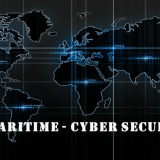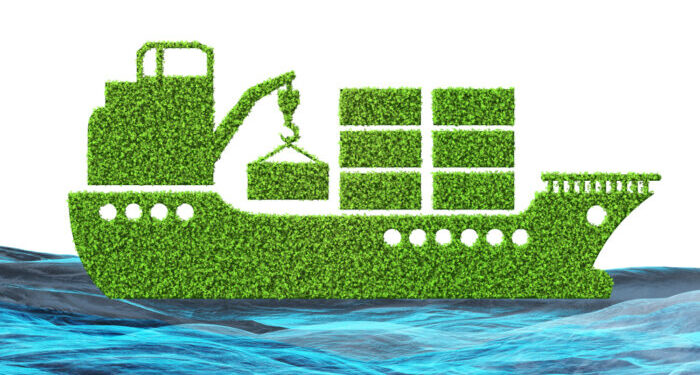Business of Shipping: Considerations When Vetting a Tank Vessels to Charter
October 20, 2020 Maritime Safety News
By Ira Breskin – A tanker charterer should carefully vet a nominated vessel by conducting prudent risk assessments to reduce liability.
In fact, it is incumbent on the charterer to do a thorough job vetting tank vessels in order to minimize, and ideally avoid, subsequent operational problems and resultant cargo claims, said Brendan Hoffman, CEO of Haugen Consulting in Houston. Hoffman this week offered his insight during an on-line Introduction to Tanker Operations seminar.
The seminal checklist for charterers is included in Standard Chartering Questionnaire 88 published by the International Association of Independent Tanker owners, Hoffman said. Ship owners should complete the seven-page, single-spaced form that details the ship’s particulars, the vessel’s recent inspection and crew experience.
The International Association of Independent Tanker Owners, which excludes owners whose ships are controlled by oil companies or government entities, drafted the form. INTERTANKO members control chemical, gas and oil tankers.
In turn, INTERTANKO works closely with the Oil Companies International Marine Forum, the oil industry’s marine safety body.
Among the specific items a charterer should review are the three previous cargoes carried by the nominated vessel in order to ensure cleanliness of its cargo tanks and pumps. The reason: presence of even a modest amount of residue can contaminate the next cargo, Hoffman said.
“It is the charterer’s obligation to accept a vessel suitable for the cargo requirements,” Hoffman said.
Vetting is especially important when chartering a parcel or chemical tanker that can carry discrete cargoes in many of its 54 tanks, each shipment often governed by a separate charter party. Such vetting is crucial because serious accidents can result if incompatible cargoes are improperly segregated.
The charter also should review the ship’s particulars to ensure that the vessel can load and discharge at the assigned berth. Other important measurements to review are the Keel to Mast (KTM) distance; air draft; vessel draft, bow to center manifold length and two discrete manifold-related clearances: from the manifold to the ballast water line as well as from the manifold to the loaded water line.
Also subject to review are the design of vessel piping, more specifically the layout and operation of dedicated lines and the manifold for each storage tank. Finally, the charter should ascertain the efficiency of Crude Oil Wash and cargo stripping systems.
Source: gcaptain



